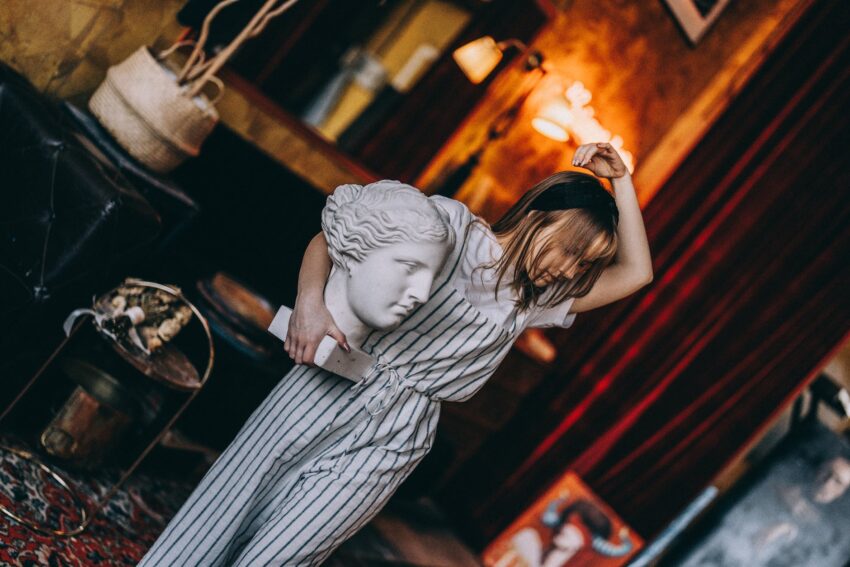Exploring the deep relationship between psychedelic substances and music takes us on a colorful journey through the realms of consciousness, creativity, and inspiration. This connection, which is as complex as the experiences themselves, has influenced various genres of music and their associated subcultures throughout history.
Psychedelic drugs, such as LSD, psilocybin mushrooms, and DMT, are known for inducing altered states of consciousness that can have profound effects on perception, emotions, and thoughts. Music has always played a significant role in the psychedelic experience, both as a standalone form of art and as an accompaniment to the use of these substances.
One of the most fascinating aspects of psychedelics and their relationship with music is the phenomenon of synesthesia, a neurological condition in which stimulation of one sensory pathway leads to automatic involuntary experiences in another sensory pathway. In other words, it’s a blending of the senses.
Synesthesia is reported frequently among psychedelic users, which involves the perception of colors or shapes when listening to music; this is known as “visualizing” the music. This sensory fusion allows for a heightened emotional experience, a deeper appreciation of the music, and an increased connection between the listener and the performer.
The psychedelic culture has been a constant source of creativity and inspiration for various artists and musicians, dating back as far as the early 1960s with bands like The Doors, Jimi Hendrix, and Pink Floyd. These artists experimented with psychedelics themselves, incorporating the experiences and thoughts that emerged from their trips into their art. The influence of psychedelics on music is evident as these artists utilized unconventional sounds, lyrics, and themes that challenge conventional thinking and encourage exploration of the self and the universe.
One of the most iconic bands associated with psychedelics is the Grateful Dead, who were heavily influenced by the counterculture movement of the time and are often remembered for their lengthy, improvisational performances. Their vast catalog of music, along with their vivid and surreal album cover art, encapsulates the essence of the psychedelic experience. Often (although not exclusively) accompanied by the use of substances like LSD, the Grateful Dead’s live concerts became immersive social gatherings that were recognized as much for their music as they were for the sense of communal belonging they fostered.
Music festivals also play a crucial role in the relationship between psychedelics and music. The Woodstock festival in 1969, which boasted a lineup that included Jimi Hendrix, Janis Joplin, and The Who, is remembered not only for the music but for the widespread use of psychedelics amongst the audience members. This led to the birth of an organized subculture that prioritized love, peace, and communion with nature at these gatherings.
In recent years, the connection between psychedelics and music can still be seen in modern genres, such as trance and electronic dance music (EDM), where artists often use pulsating beats, repetitive rhythms, and hypnotic melodies to induce altered states of consciousness and promote a sense of unity among the listeners. These events, such as Burning Man, Tomorrowland, and Electric Daisy Carnival, give rise to an environment where attendees can lose themselves in the music and the experience, with or without the use of psychedelic substances.
These experiences, while deeply personal, can also have far-reaching implications for mental health and personal well-being. Studies have shown that experiences with psychedelics, particularly when accompanied by music, can lead to increased self-awareness, personal development, and a strengthened sense of connection to others and the world around us. While research on psilocybin therapy is still in the early stages, the potential benefits of psychedelics, when used responsibly and under professional supervision, hold promise for the future of mental health treatments.
As we continue to explore the relationship between psychedelics and music, it is essential to approach them with respect, curiosity, and openness, allowing for new insights and perspectives to emerge. The synergy between these substances and musical experiences has the potential to enrich our lives, spark creativity, and deepen understanding, and appreciation of ourselves and the world we inhabit.
